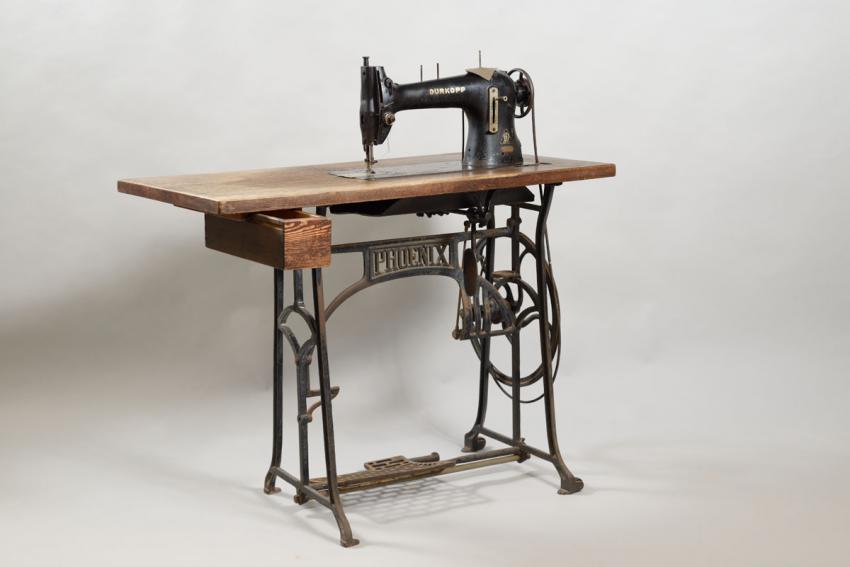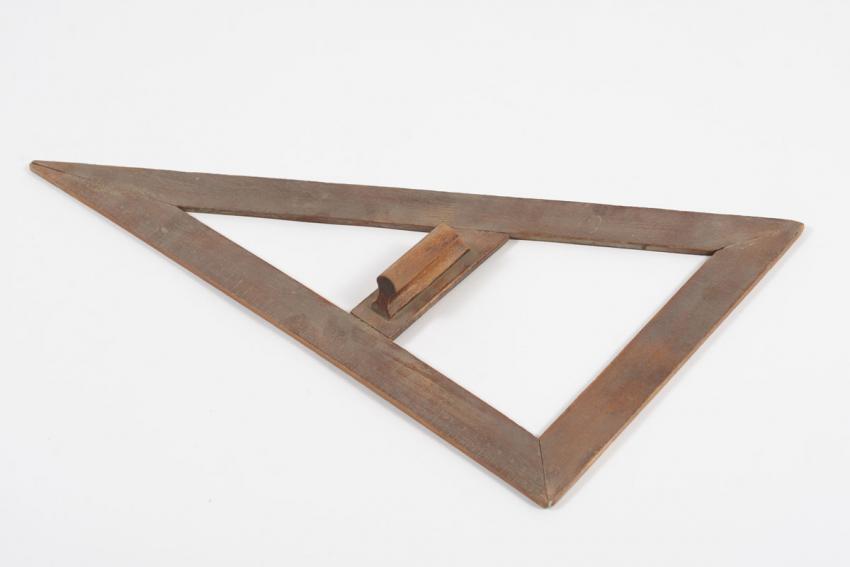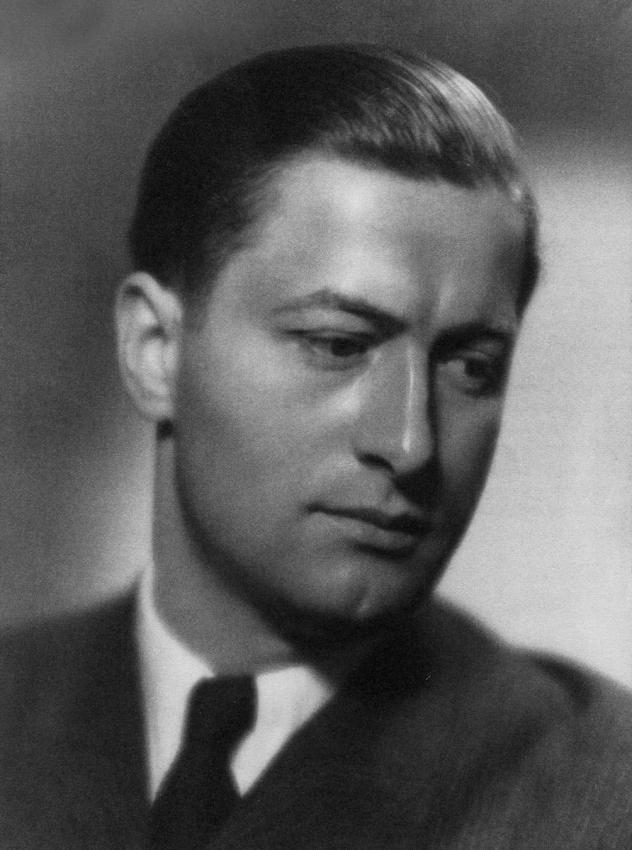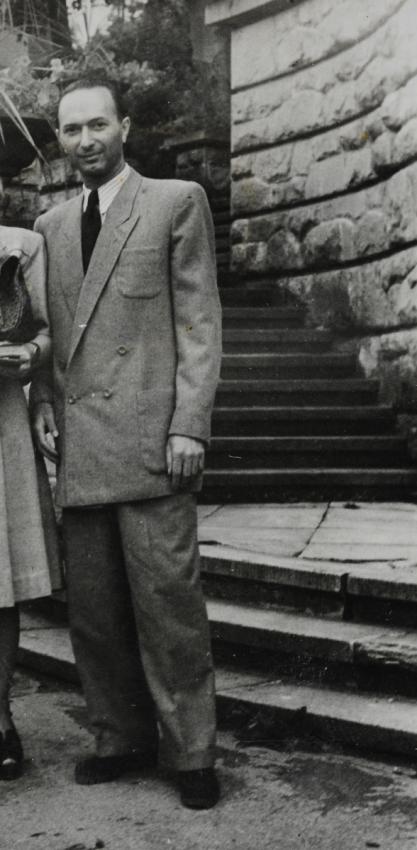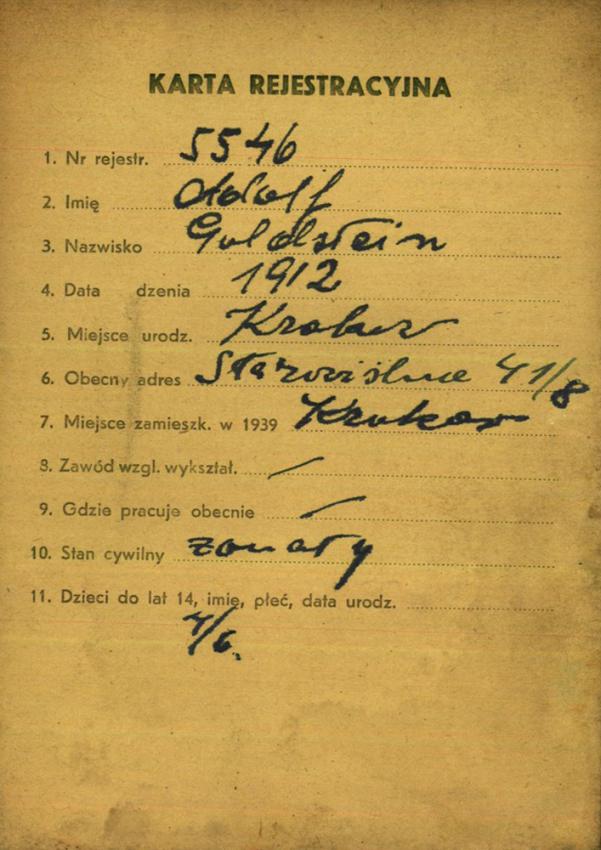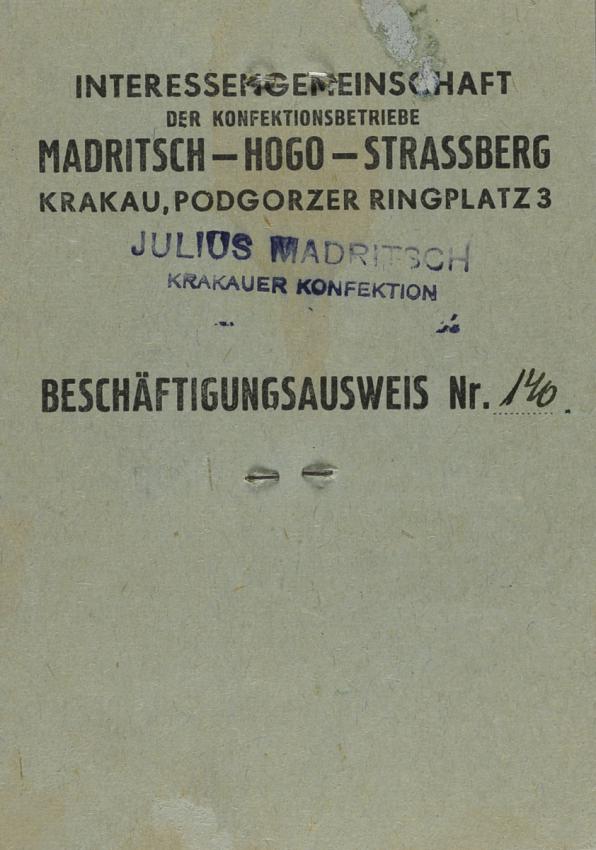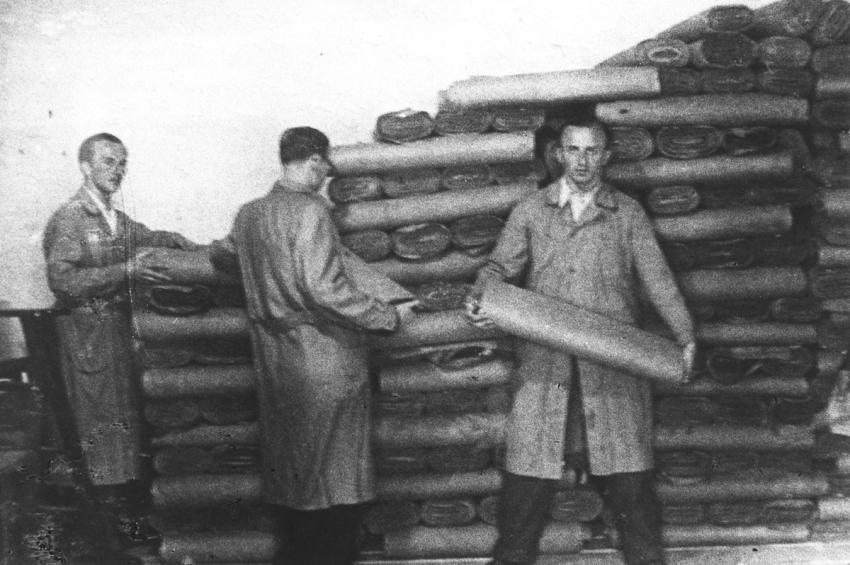Silvia Brand from Tarnow, described her experience working in Madritsch's factory:
“…We made clothes for the German Army, they were blue clothes […] Madritsch was no less than Schindler […] Madritsch was a decent man […] each of us had to sew, and if you sewed two or three sets more you received some bread […] I didn’t know how to sew, I had never sewed before in my life. There I learned to sew trousers. There was a woman who was much older than me who was already a dressmaker [and she helped me["
Miriam (Goldberg) Novogrod from Tarnow, Poland who came to Madritsch’s factory in the Plaszow camp after the liquidation of the Tarnow ghetto recalls:
“…We came to work in the factory. There were many sewing machines. Each person received his own space next to a machine […] we sewed. We got food […] it turned out that this was Madritsch. He negotiated with the Germans, also Schindler, both of them, Schindler and Madritsch. He said [that] the conditions were that we should have enough food – if they [the Germans] wanted us to work properly, we had to have a good lunch and good food – humane – on condition that it was forbidden for them to kill anyone. And so it was."
In 1943, Madritsch and Titsch started to use Oswald Bouska (Bosko), a high-ranking policeman in the German ghetto police force, to smuggle Jews out of the ghetto to hiding places. Bosko was responsible for counting the factory workers at the beginning and end of each shift. Many families, including those with children, left for the factory, and Bosko simply overlooked the fact that they did not return to the ghetto.
In late 1942, the Germans tightened their grip on the Krakow ghetto, and Jews employed at Madritsch's factory were no longer able to leave the ghetto to work. In light of this new reality, Madritsch established a factory within the Plaszow camp and moved his workers to the camp in an effort to save them from deportation. When Plaszow was liquidated in September 1944, Madritsch and Titsch requested permission to transfer the factory to an area under German control, but were refused. Madritsch, who was in contact with Oskar Schindler, managed to move about 100 of his workers to Schindler's ammunition factory in Bruennlitz.
Madritsch and Titsch survived the war, but Bosko was charged with desertion and treason in late 1944, and was executed at the Gross-Rosen camp.
Preserved in the Artifacts Collection of Yad Vashem is a sewing machine from Madritsch's factory used by Adolf Goldstein during the war. Goldstein, a tailor by profession was a manager in the Madritsch factory in Krakow.
During the war, Goldstein made suits, including one for Schindler. With the liquidation of Madritsch's factory in Plaszow, Goldstein was transferred to Schindler's factory in Bruennlitz where he remained until liberation.
After the war, Goldstein returned to Krakow and learned that his wife and children had been murdered. He remarried and immigrated to Israel. The couple adopted Ludwig whose parents, born in Krakow, had not survived the war.
The sewing machine continued to serve Adolf Goldstein for many years.
On February 18, 1964, Yad Vashem recognized Julius Madritsch, Raimund Titsch and Oswald Bouska as Righteous Among the Nations.
Yad Vashem Artifacts Collection
Courtesy of Ludwig Goldstein, Tel Aviv, Israel
